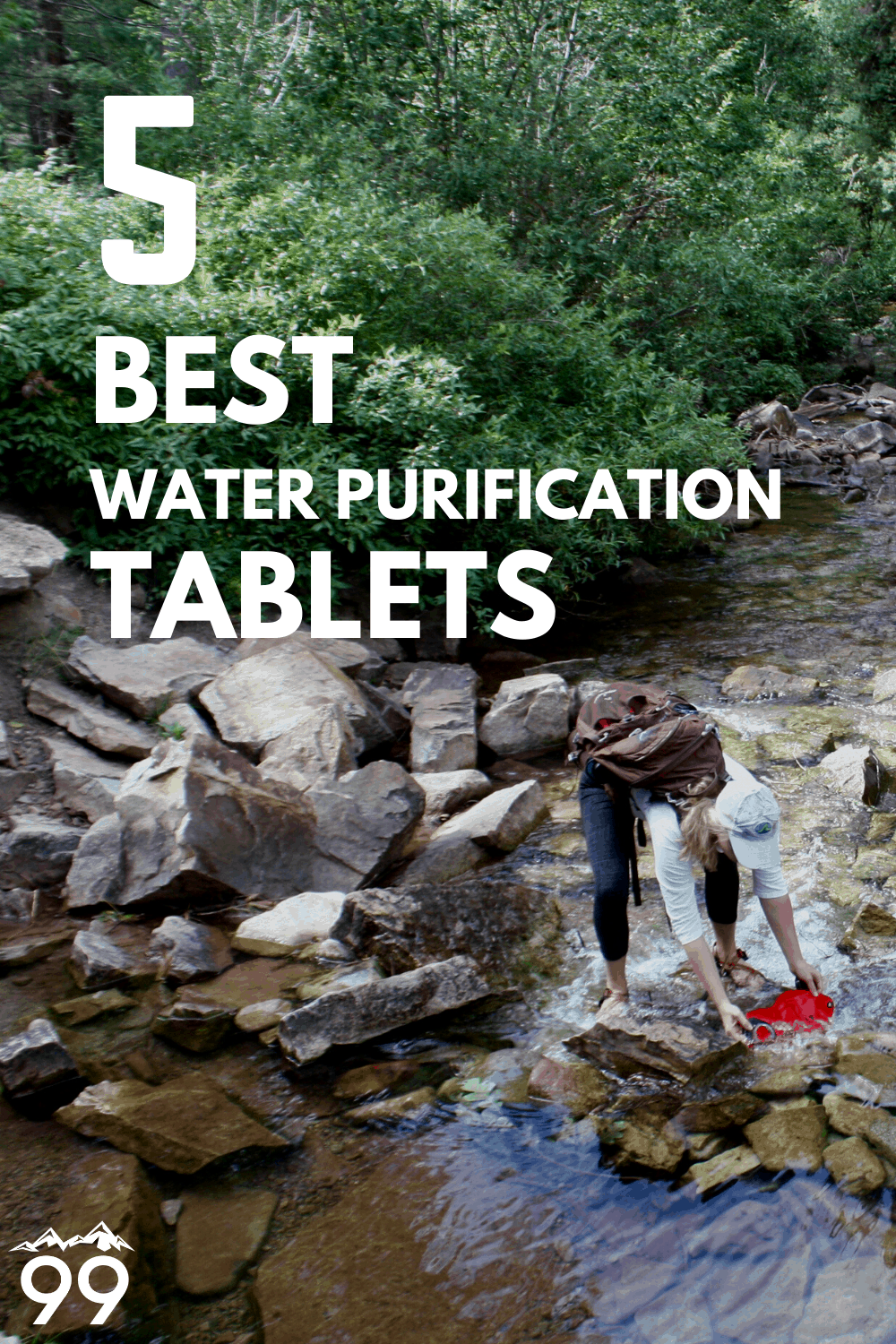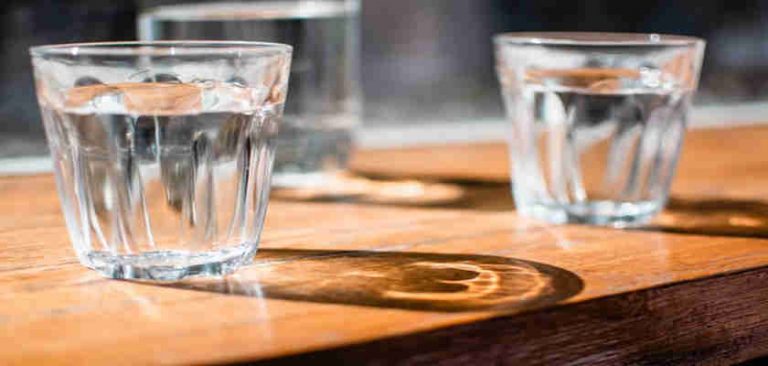The Science and Benefits of Water Purification
Water is essential for life, and access to clean, safe water is a basic human right. Unfortunately, many people lack access to clean water, and many more face the risk of water contamination from natural disasters, pollution, or other sources. Water purification is the process of removing contaminants from water, making it safe for drinking, cooking, and other uses. In this article, we will discuss the science behind water purification, the benefits of purifying water, and strategies for storing enough water to last through emergencies.
What is Water Purification?
Water purification is the process of removing contaminants from water, making it safe for drinking, cooking, and other uses. This process involves a variety of methods, such as filtration, boiling, distillation, reverse osmosis, and ultraviolet light. Each of these methods removes different types of contaminants, and can be used alone or in combination to create the most effective water purification system.
The Benefits of Purifying Water
Purifying water has a number of benefits. First, it reduces the risk of waterborne diseases, such as cholera, typhoid, and dysentery. These diseases can cause serious illness and even death, so purifying water can save lives. Second, it improves the taste and smell of water, making it more enjoyable to drink. Third, it can reduce the risk of contamination from pollutants, such as pesticides and industrial chemicals. Finally, it can reduce the risk of contamination from natural disasters, such as floods or earthquakes.
Storing Enough Water for Emergencies
In the event of an emergency, it is important to have enough clean, safe water to last until the emergency is over. To do this, it is important to store enough water for each person in the household, as well as any pets. The amount of water needed will depend on the size of the household and the duration of the emergency. Generally, it is recommended to store at least one gallon of water per person per day.
Water should be stored in containers that are made of food-grade materials, such as plastic or glass. The containers should be labeled with the date of storage and the expiration date, and should be stored in a cool, dark place. It is also important to rotate the water every six months to ensure that it remains safe and uncontaminated.
Conclusion
Water purification is an essential process for ensuring that we have access to clean, safe water. It can reduce the risk of waterborne diseases, improve the taste and smell of water, and reduce the risk of contamination from pollutants and natural disasters. It is also important to store enough water for emergencies, and to rotate the water every six months to ensure that it remains safe and uncontaminated. By following these steps, we can ensure that we have access to clean, safe water for all our needs.











